is there some equivalent of this that can be derived from e.target
e.target can be a child of this.
you could do $(e.target).closest("a") if you know what the selector is for the element that the click function is bound to.
But, what if you don't know the selector?
EDIT: for clarification:
I'm experiencing a
TypeError: Cannot call method 'createDocumentFragment' of undefined error when I try to test a click function.
I have bound a click function to an element like so:
$(".original_list_trigger").click(Helpers.originalTextButtonClick);
and that is defined like this:
Helpers: {
originalTextButtonClick: function(e) {
var self = $(this);
console.log(self);
...
}...}
console.log(self) doesn't give an element, but the function itself, which isn't what I want. $(this) should be the element that has the function bound to the click event, right?
This is $(this):  so, it looks like $(this), is the object
so, it looks like $(this), is the object Helpers... :-\
UPDATE:
Basically, I'm dumb. the problem was being caused by this being invoked:
Helpers.originalTextButtonClick(); <- I wasn't passing anything as e, so.. of course e.anything wouldn't be defined.
Since I'm running tests through Jasmine, http://pivotal.github.io/jasmine/, I need to find a way to mock the event object, and this. Or I could just trigger a click on the element (which I'll probably do, since that's easier)